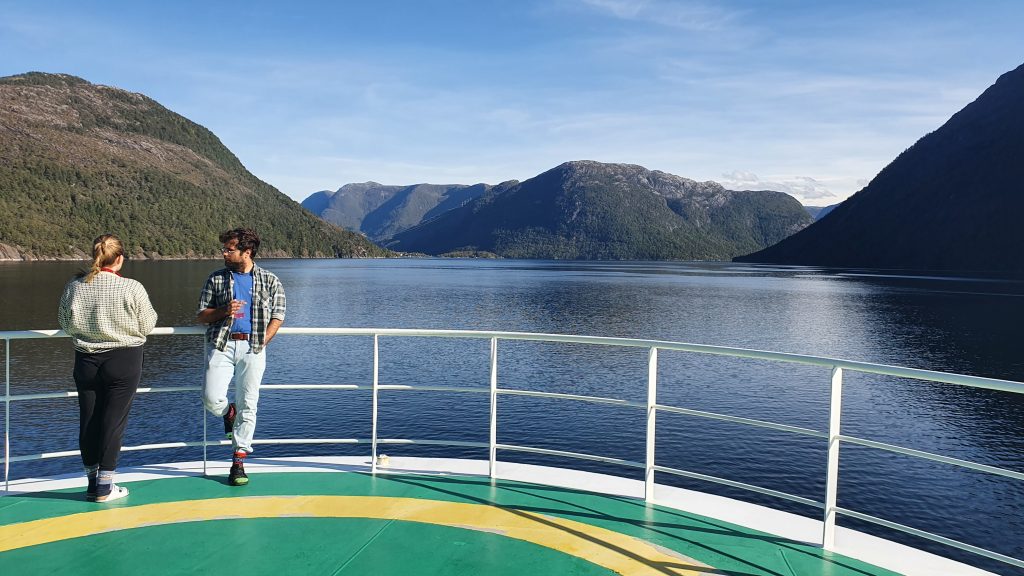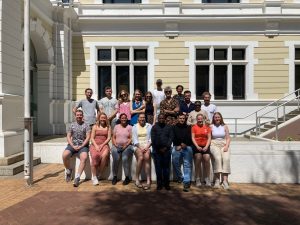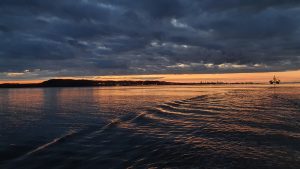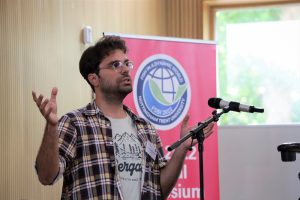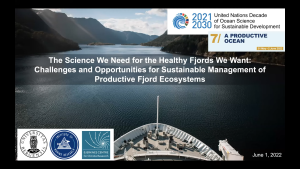Written by Anne Gro Vea Salvanes (project leader and course co-ordinator) // 22 March 2023
September every autumn is a great happening at the Department of Biological Sciences: New master students enroll for student active research in their first semester. This happening is actually the origin of our HypOnFjordFish project. Students in marine- and fisheries biology arrive in mid-August. First, they are thrown into a fauna field course at the Marine Biological Field Station outside Bergen. In addition to learning taxonomy and ecology of invertebrates, they have to plan the research projects they are going to do on the second field course that semester: an eight-day field trip to the fjords onboard the research vessel G. O. Sars the last week of September.

Before students go onboard, they have learned about modern marine ecological field methods from reading the book that was written for the course and from short videos that former BIO325 students have produced during a previous “Teach2Learn” module of the course. Based on videos, literature, and supervision from experts in the fields (our PhD students and Postdocs) the sixteen master students enrolled in 2022 drafted their research plan with research questions within the given themes “life history” or “community ecology”. They included an overview of how they wanted to collect the organisms which could be fish, crustaceans, jellyfish, or plankton. Part of the description was also where to sample, when to sample, and how many replicates they assumed they needed, as well as a plan of how to process the samples and needed small equipment. Based on all wishes from students, from other scientists, and the need for continuation of the time series of data – the task for the cruise-leader (which is the same person as the PI and course-coordinator) was to make an overall time plan for the eight days. As previous years, the time needed to fulfill all wishes highly exceeded the eight days available, and compromises had to be made.
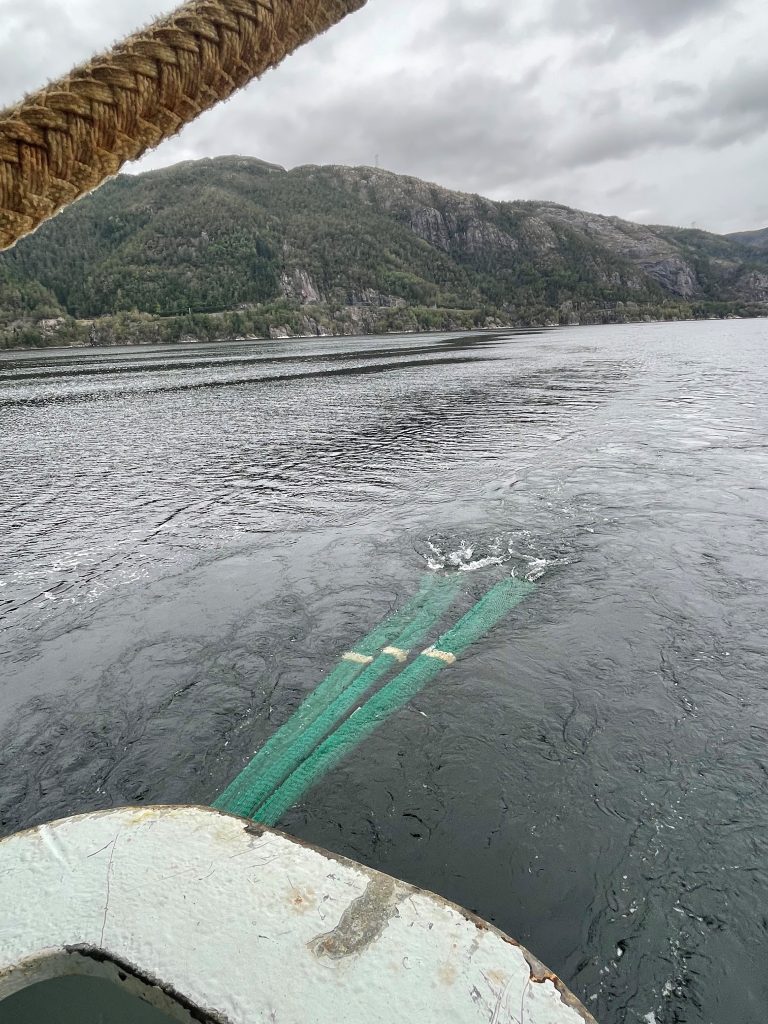
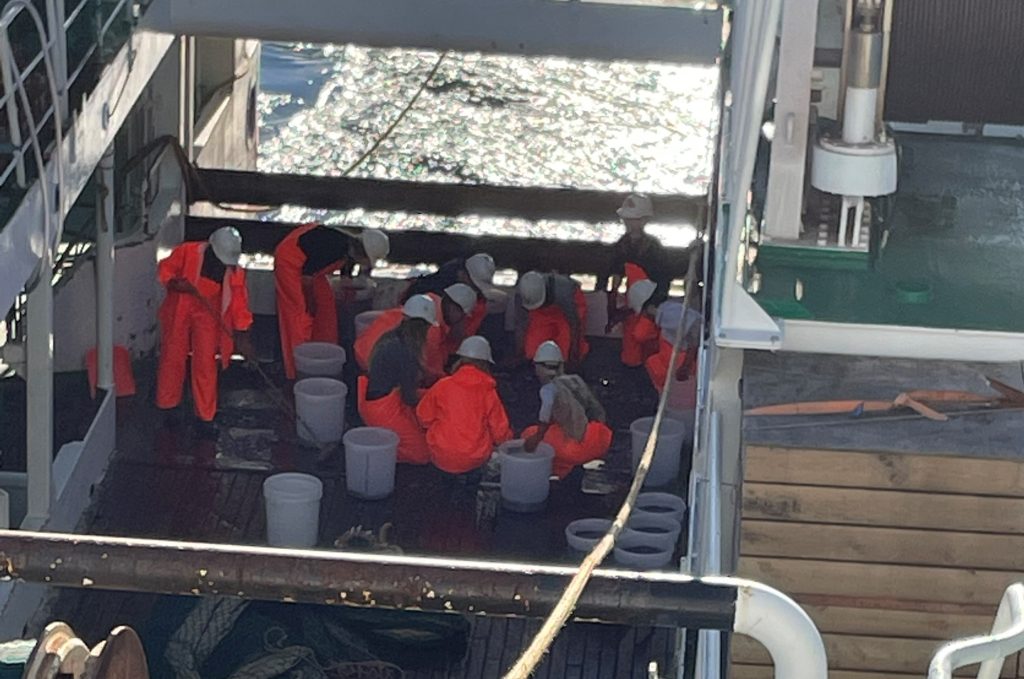
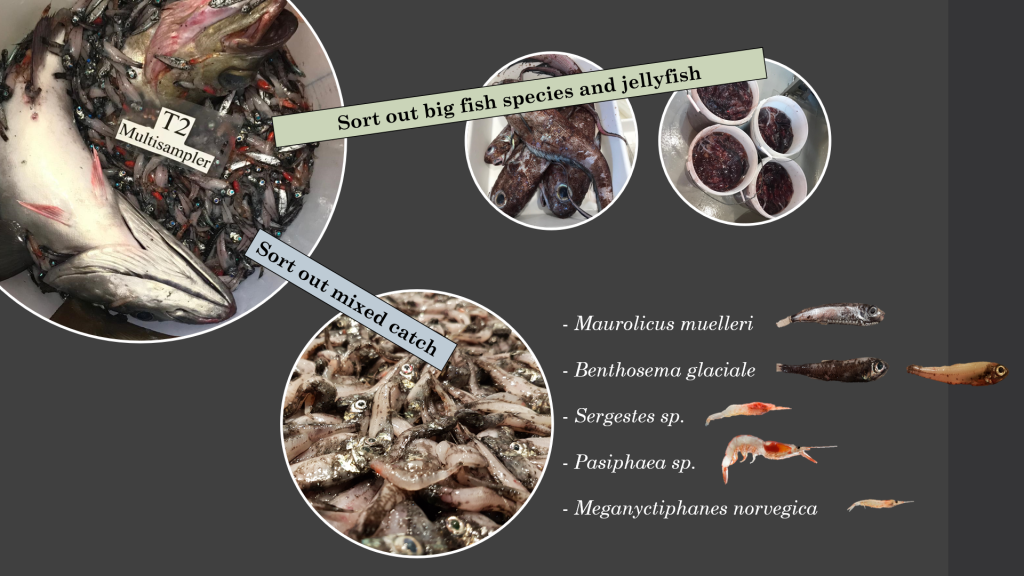
Students and teachers were working on shifts. So that we could sample both day and night This year we tested out shifts fitted to early-birds and those that tend to stay up late. We asked students what they preferred, and it turned out that we had equal number of students on each shift. Early-birds worked from 04:00-12:00 and 16:00-20:00 and the other shift worked 20:00-04:00 and 12:00-16:00. Previous years we have been working six hours on and six hours off – and we have always gotten complaints about too little time for sleep and too much to do at night…
Samples were processed in great detail. First we picked out big fish and jellyfish and weighed, measured and collected individual information and samples for studying diet, energy status, age, trace element composition, stable isotope composition of organs, etc. Then we weighed and subsampled the rest of the catch – which consisted of mesopelagic fish and crustaceans. Based on the subsample, we were able calculate total catch of each species in weight and numbers. Mesopelagic fish and crustaceans were also length measured using ImageJ from scanned photos of individuals carefully numbered and organized on transparent sheets together with information on which trawl cod-end they belonged to. All the data were put into spread sheets for analysis when we were back at the university.
One student group that chose life history as their theme were fascinated by the little mesopelagic fish pearlside (Maurolicus muelleri) and the number and color of their photopores. These photopores contribute to bio-illumination at great depths. From below, light emitted from the ventral photophores make the fish invisible for predators, and these function as an anti-predator morphology. The preliminary finding by the students was that 75% of individuals had green photophores, and 25% had pink.
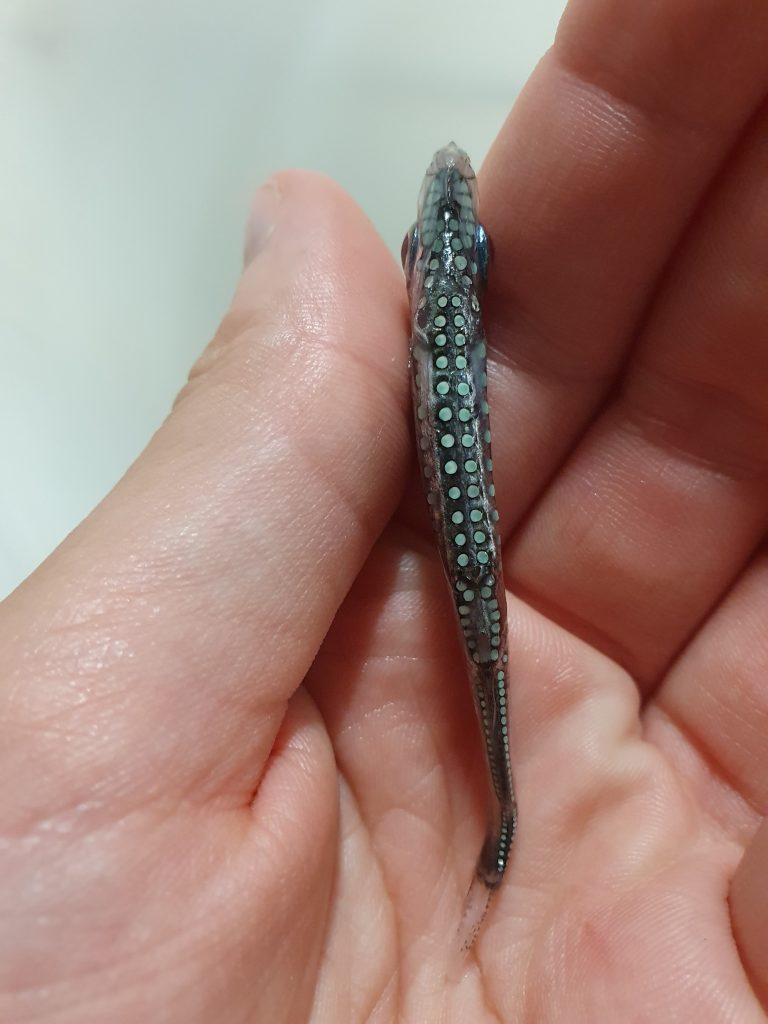

Pink photophores were observed more often in fish caught at 200 m – 300 m than in shallow depths. The data suggested that pink photophores were more often found in Masfjorden than in Fensfjorden. The difference can be associated with optical properties of the water masses, but we do not yet know why these differences occur between fjords. To know more, we need to do more research. Here might be materials and ideas for a motivated student for a future master projects associated to the HypOnFjordFish project.
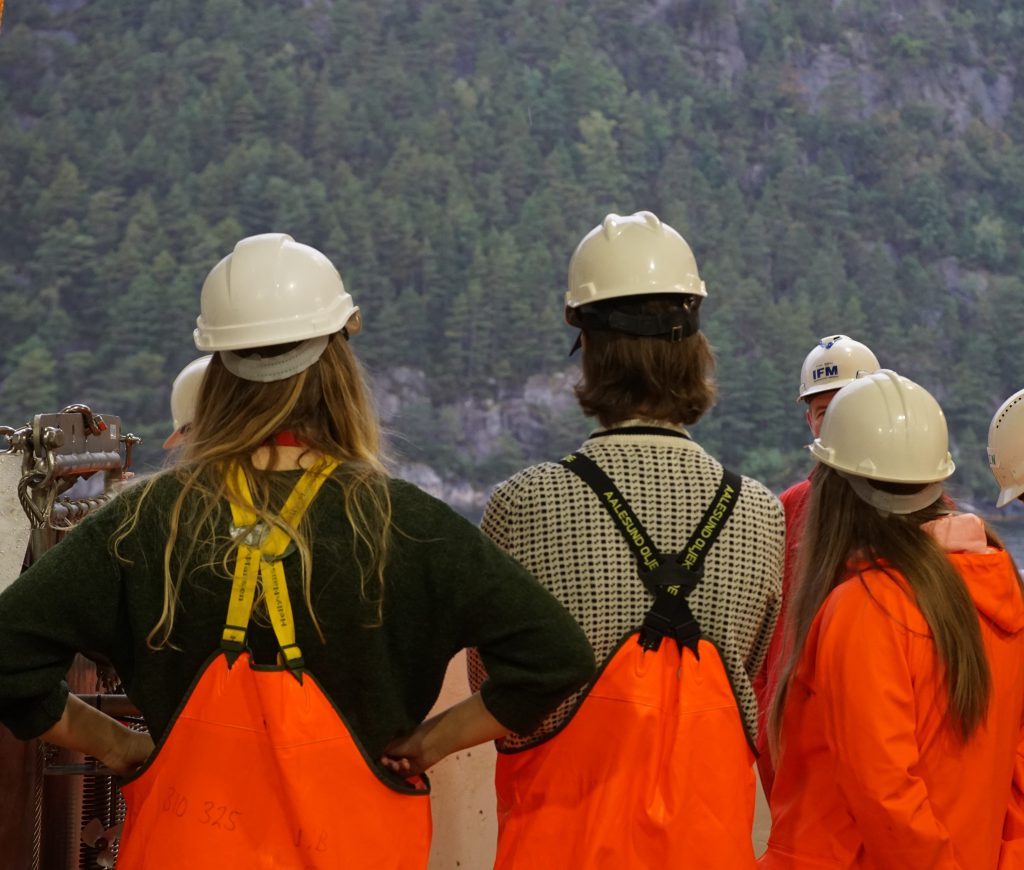
All in all, the students processed a massive amount of samples during the field course: 46 samples from trawl cod-ends, 32 zooplankton samples, 14 vertical longline settings (80 hooks on each) and 2 horizontal longlines set on the seabed. We also took numerous CTD stations close to where we trawled and were collecting our samples of fish, crustaceans and jellyfish. The CTD measures oxygen, temperature and salinity every m from surface to just above the seabed. The students analysed the data for their projects and wrote term papers where methods and results chapters were shared, and the rest was written individually.
Our next research cruise for HypOnFjordFish & BIO325 Ocean Science will be in September 2023, when students selected from those who will apply (deadline mid-April 2023) for enrollment to a Master study in marine biology or fisheries biology.
